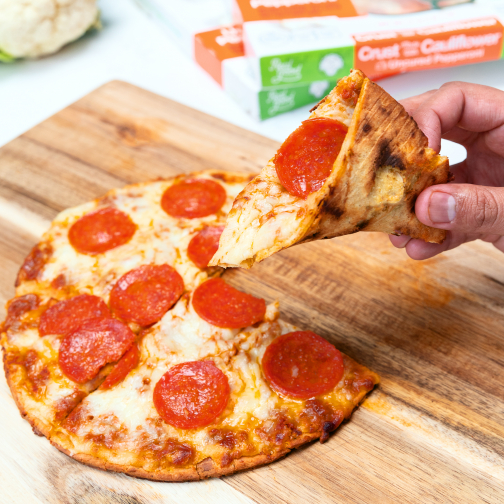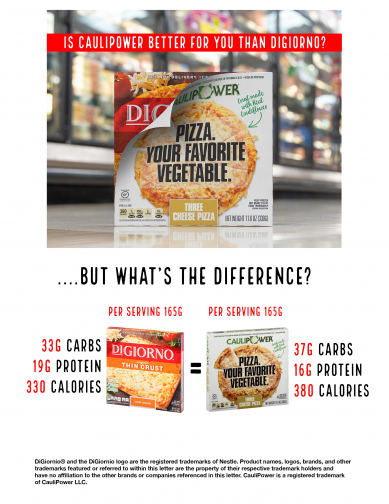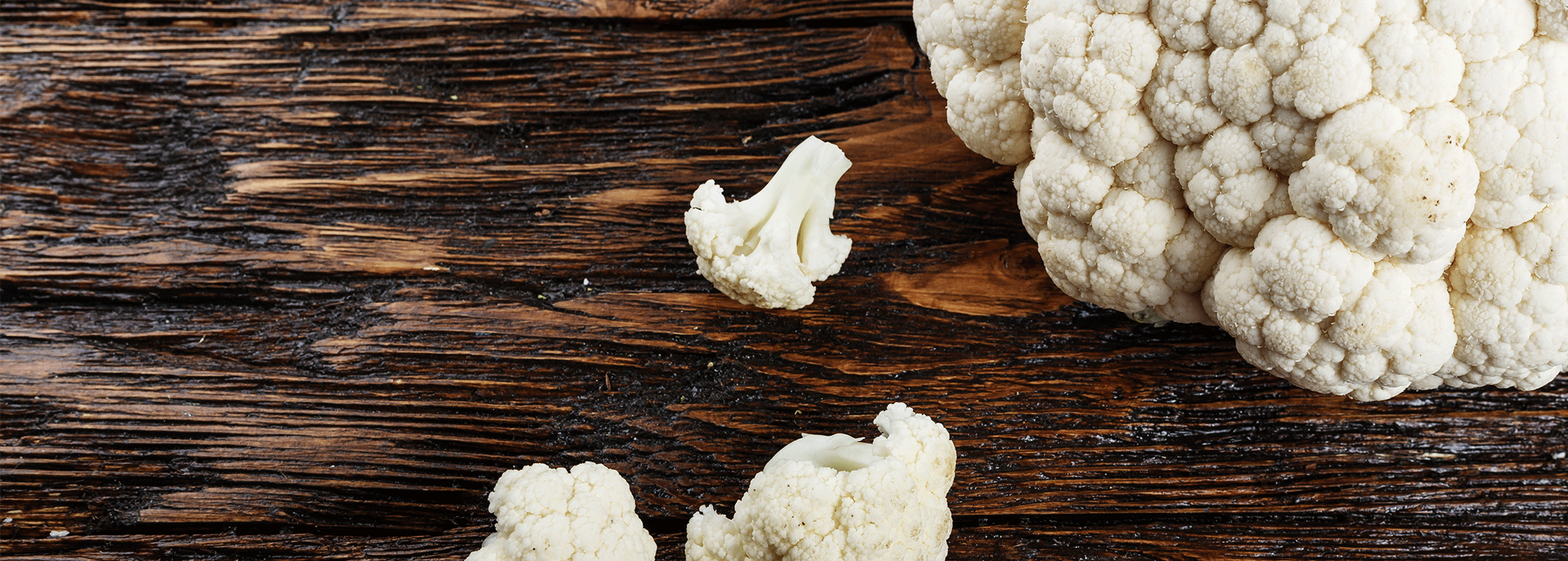Cauliflower Come-Up
What Makes Cauliflower the Go-To Low-Carb Substitute
Cauliflower has had quite the come-up over the years and having its time in the food and nutrition spotlight. It’s used a low-carb substitute for nearly everything that’s usually bread-based or has a significant amount of carbs; a perfect, versatile substitute for people on diets like the Keto diet.
You’re more than likely familiar with these cauliflower-based foods:
- Cauliflower rice
- Cauliflower bagels and bread
- Cauliflower tortillas
- Cauliflower mashed potatoes
- Cauliflower hummus
- Cauliflower crust for pizza
Nutritional Benefits of Cauliflower
Other than being a replacement for starchy carbs, cauliflower has a lot of nutritional benefits, particularly vitamins and fiber. It’s rich in:
- Vitamin C – Reduces inflammation, promotes iron absorption, protects you against free radicals that increase the risk of heart disease and cancer.
- Vitamin K -Promotes bone health and blood-clotting, which improves the healing of wounds.
- Vitamin B6 – Promotes brain development and a healthy immune and nervous system. Folate—Essential for fetal, infant and adolescent development and growth; helps make DNA and other genetic material.
- Fiber – Lowers cholesterol, helps control blood sugar
Love Pizza? Great, But Not All Cauliflower Crusts are Created Equal
One of the most common cauliflower substitutes is cauliflower pizza crusts and there are plenty of store-bought options to choose from. However, not all cauliflower crusts are made equal. Just because it’s a low-carb option doesn’t it’s actually low-carb. Let us explain further using the example of Real Good Foods.
Real Good Foods recently had a breakthrough on its cauliflower crusts—they increased the amount of cauliflower and almonds in their crust and reduced the amount of cheese compared to their previous crust. Their thinner and crispier crust still tastes like a traditional pizza, but without all the carbs. 
In contrast, other brands who promote their cauliflower crusts as a low-carb may actually contain ingredients that aren’t lower-carb in nature, such as rice flour and a variety of starches that increase the carbohydrate content of its product without increasing the amount of protein. In reality, a general brand’s cauliflower crust may not be that much lower in carbs than a regular pizza crust, which could be up to 36 grams.
Let’s take compare the crusts and the ingredients of their cheese pizzas.
| Content | Real Good Foods | General Cauliflower Crusts |
| Main Ingredients | Cauliflower, almond flour, eggs, parmesan and mozzarella cheese | Cauliflower, rice flour, cornstarch, eggs, baking powder, cheese blends |
| Carbs | 9 grams of Carbs | 29 to 37 grams of Carbs |
| Protein | 20 grams of Protein | 12 to 16 grams of Protein |
| Calories | 290 calories | 250 to 380 calories |
| Serving Size | 120 grams | 113 to 165 grams |
So How do I Know Which Cauliflower Crust to Choose?
The answer to that question depends on your health goals and your attitude towards carbs. If you’re seeking the lowest-carb option possible, then go with the crust that fits that mold. If you’re an option that’s simply lower than a regular pizza. Before you make your decision, pay attention to the food label on any cauliflower-crust pizza you choose, including the serving size and the order of ingredients.
Then after that, it’s all about enjoying your pizza night with your favorite toppings!
This content is sponsored by Real Good Foods, a Founding Partner of Beyond Type 2.





